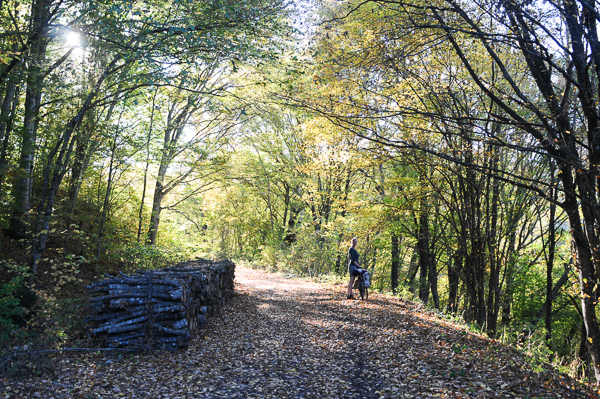In my research I’m looking for ways in which geographical information science and technologies can help citizens to more effectively participate in urban planning processes. The holy grail of participative urban design is allowing citizens to co-design urban interventions in 3D game-like environments.
Designing cities in 3D is becoming fairly trivial; an ever-increasing number of advanced city building tools are emerging that employ the latest in 3D technologies. In esri’s CityEngine, for instance, you create cities like you do in SimCity: draw a bunch of roads and the buildings automatically pop-up around them. While extremely powerful, CityEngine and its brethren are ill-suited for citizen-dominated design sessions. These require simple and immersive tools with limited design options that allow citizens to quickly and intuitively sketch their ideas without technology getting in the way of the discussion and deliberation process.
We ran a number of participatory planning workshops in which CityEngine was a communication tool of sorts, a canvas for an explorative discussion between citizens. We discovered that CityEngine
__ is a complex beast; one needs considerable training to get started
__ is difficult to navigate, especially for non-experts. Even if you model a city beforehand, citizens are unable to use CE on their own to support their arguments during a discussion
__ is great for building fantasy worlds and non-existent cities. However, it takes considerable effort and knowledge to rebuild existing urban areas with the right amount of detail. Too much detail and people start to pick on and discuss small irrelevant details; too little detail and citizens do not accept the 3D abstraction and fail to engage with it in a meaningful way
Even though one can fathom remedies for these barriers by e.g. employing a modeling expert to translate citizens’ ideas into a CityEngine design, we seek instruments that enable citizens to craft a plan of their own with as little assistance as possible. These tools should furthermore be deployable in real-world circumstances: few municipalities and governmental institutions have the human and financial resources to create proper canvases in CityEngine, let alone use these during deliberation sessions.
We were thus thrilled when we stumbled on the Block by Block project: participatory urban planning using… Minecraft!
Read more


